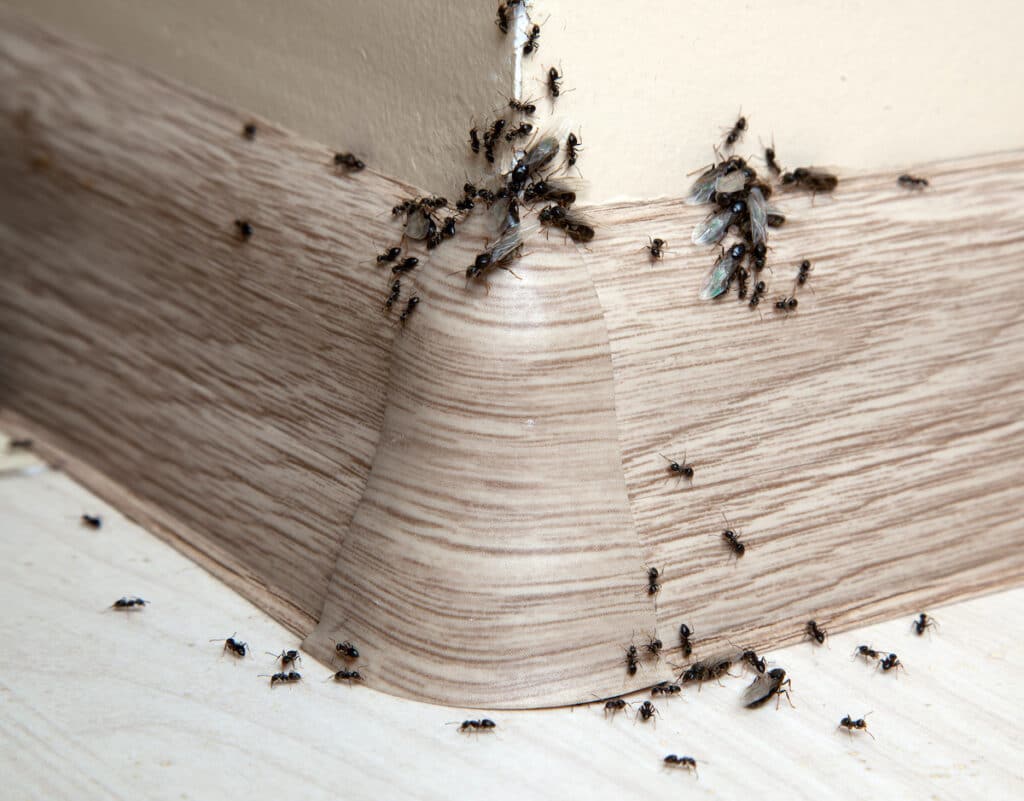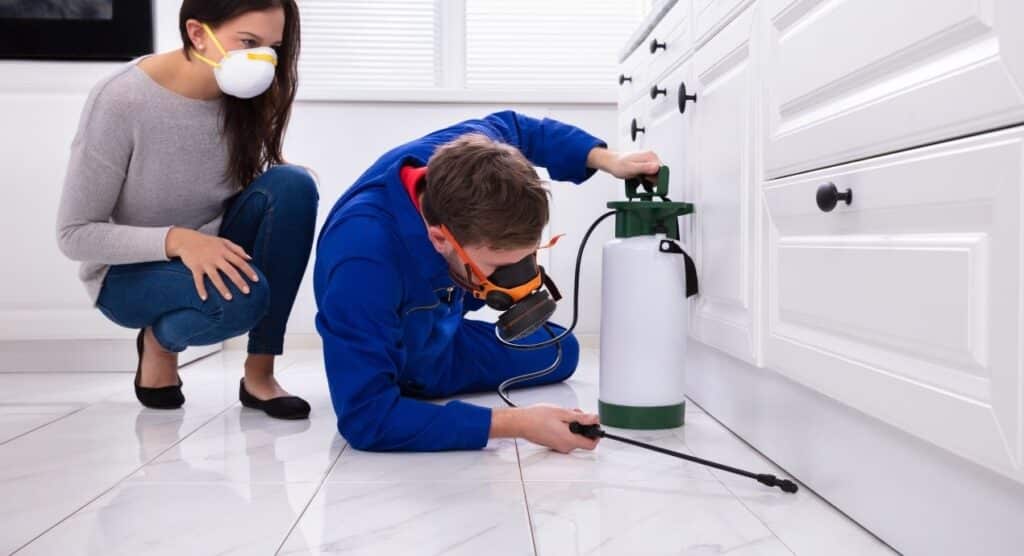The Nightmares In Your Attic: Battling Rodents And Other Unwanted Guests
Have you ever heard the scratch of tiny claws in your attic late at night? If so, you’re not alone. Many homeowners share this unsettling experience as they contend with the potential nightmare of vermin settling into their homes. In this article, you’ll gain insights into effectively managing these unwelcome guests and reclaiming your space.
Understanding the Intruders: Common Rodents
Mice: The Uninvited Guests
Mice are the most common intruders in attics and other areas of your home. Their small size lets them fit through tiny cracks and crevices, making it easy for them to enter and set up camp. A mouse can squeeze through an opening the size of a dime, making it crucial to understand their habits and what draws them to your attic.
Why Mice Choose Your Attic
The attic often presents a quiet, undisturbed area away from human activities. It may also provide access to insulation and potential food sources, such as stored items or leftover food.
Rats: Larger and More Concerning
While mice may be the most common, rats can be a more significant concern due to their size and potential for carrying disease. Roof rats, common in many regions, are adept climbers frequently found in attics.
Rats Love Tight Spaces
Just like mice, rats are always looking for sheltered areas to nest. Their powerful teeth enable them to chew through materials like wood and plastic, making the attic a prime target for shelter.
Squirrels: Charming But Destructive
Squirrels may seem cute from a distance, but they can quickly become a nuisance if they gain access to your attic. Their nesting habits can damage property, mainly if they’re chewing on wires or insulation.
The Draw of the Attic
Squirrels often seek warmth and a safe place to raise their young, making attics appealing during colder months. They are excellent at finding entry points, including small gaps and holes.
Signs You Have Unwanted Guests
Noises in the Night
One of the primary indicators of an infestation is noise, particularly at night when these creatures are most active.
- Scratching Sounds: These might indicate rodents are scurrying through walls or beneath floorboards.
- Thumping Noises: This can be attributed to larger animals like squirrels or raccoons.
Droppings
Finding droppings, especially in your attic, is a telltale of a rodent problem. Droppings left behind are typically grainy, resembling black rice for mice, and larger, more cylinder-shaped for rats.
Chewed Wires and Insulation
If you discover chewed wires, insulation, or holes in stored items, it indicates an infestation. Rodents need to gnaw on things to keep their teeth from overgrowing, so any signs of chewing indicate their presence.
| Type of Critter | Droppings Appearance | Common Damage |
|---|---|---|
| Mice | Small, dark pellets | Insulation, wires, food |
| Rats | Larger, cylinder-shaped | Structural damage, wires |
| Squirrels | Similar to mice, larger, curvier | Chewed wood, insulation |

Preventing Rodents from Entering
Seal Entry Points
Start safeguarding your attic by inspecting for gaps and holes. Pay special attention to the following areas:
- Roof vents
- Chimneys
- Eaves and fascia boards
- Gaps around windows and doors
Sealing these entry points with materials like steel wool and silicone caulking can significantly reduce the likelihood of infestation.
Keep Your Attic Clean
Cleaning and organizing your attic can do wonders. Remove any clutter or stored items that might attract rodents. Off-season clothing, cardboard boxes, and food remnants can provide shelter and nourishment for these critters.
Store Items Properly
Use hard, airtight containers instead of cardboard boxes to store items in your attic. These containers are harder for rodents to chew through and also protect your belongings from moisture.
Battling the Infestation: Removal Strategies
Traps: The Classic Solution
Using traps is a classic approach to eliminating rodents. Here are some options to consider:
- Snap Traps are an effective way to catch mice and rats quickly. Please place them in areas where you’ve noticed signs of activity.
- Live Traps: These allow you to catch rodents alive and release them far from your property, ideally preventing their return.
Setting the Traps
- Place traps along walls and in areas of high activity.
- Bait them with appealing food like peanut butter or seeds.
- Check traps regularly to prevent unnecessary suffering.
Baits and Poisons
Rodent bait stations are another option. However, they should be used cautiously, especially if you have pets or children. Always follow the manufacturer’s instructions carefully when using these products.
Hire Professionals
If your infestation is substantial or you feel the DIY methods could be more manageable, consider hiring pest control experts. Professionals have the experience and tools necessary to handle the problem safely and effectively.
| Method | Effectiveness | Safety Considerations |
|---|---|---|
| Snap Traps | High for mice and small rodents | Caution around children and pets |
| Live Traps | Humanely captures rodents | Must check frequently |
| Baits | It is very effective but can be hazardous | Keep away from kids and pets |
| Professional Help | Highly effective and thorough | Generally safe, but costs can vary |

Dealing with Other Unwanted Guests
While rodents may be the most common issue, your attic could host other unwanted guests, such as bats or birds. These creatures require different approaches for removal and prevention.
Bats: Keeping Quiet About Their Presence
Bats can find their way into your attic and often go unnoticed until they start roosting. Their droppings, known as guano, can indicate their presence and pose health risks if not properly cleaned.
How to Handle a Bat Problem
- Avoid direct handling, as bats can carry rabies.
- Plug holes, but only during the right time of year when bats are less likely to be inside.
- Consider professional wildlife removal services for safe handling.
Birds: Nesting in Unlikely Places
Birds like sparrows and starlings sometimes choose attics to build their nests. They can cause damage and create messes within your home.
Here’s What to Do
- Determine how they’re entering and seal those points.
- Remove nesting materials if you can do so safely.
- Employ bird deterrents, such as netting or spikes, to prevent future nesting.
Post-Removal: Maintenance and Prevention
Regular Inspections
After dealing with an infestation, make it a habit to inspect your attic regularly. Look for new signs of activity and take prompt action if you notice any.
Keep Landscaping Tidy
Your exterior can impact your attic’s pest status. Trim any tree branches too close to your roof to prevent animals from gaining access to your attic. Also, keep your gutters clean to ensure water does not accumulate, which could attract other pests.
Educate Yourself
Understanding the habits and behaviors of potential intruders helps in preventing future infestations. You can stay informed by reading articles, attending workshops, or joining community groups focused on pest control.

Pests, particularly those that might inhabit your attic, can be daunting. However, you can reclaim your space from these unwelcome guests with a proactive approach. Regular maintenance, effective removal strategies, and keeping your home clean can mitigate the chances of a recurrence. Taking small, consistent steps will ensure your attic remains a safe and welcoming area free from unwelcome inhabitants.
With the proper knowledge and tools, you can effectively manage potential threats and sleep soundly, knowing your attic is pest-free. Don’t let the nightmares linger; take action today!
==========
Content 10/10/G
